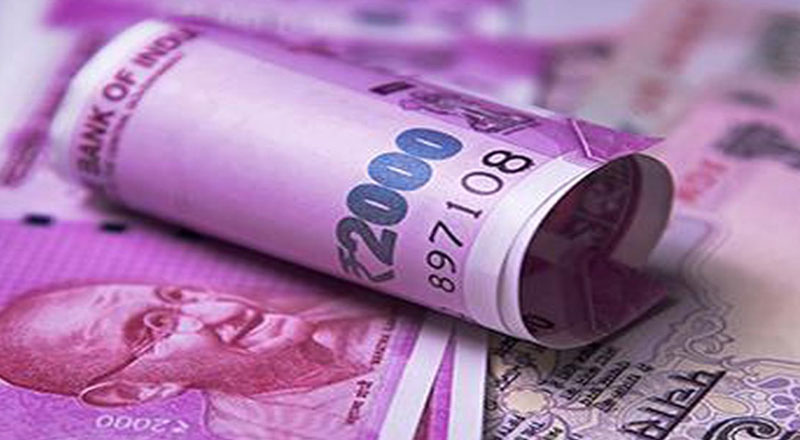- India will withdraw its highest denomination 2000-rupee note from circulation.
- Introduced into circulation in 2016, The 2000-rupee note will remain legal tender but citizens have been asked to deposit or exchange these notes by Sept. 30, 2023.
- When it was introduced in 2016 they were intended to replenish the Indian economy’s currency in circulation quickly after demonetization.
- The value of 2000-rupee notes in circulation is 3.62 trillion Indian rupees ($44.27 billion). This is about 10.8% of the currency in circulation, as per the annual report of RBI.
- This time, however, the move is expected to be less disruptive as a lower value of notes is being withdrawn over a longer period of time, according to analysts and economists.
- “Making such a move ahead of the general elections is a wise decision,” said a chief economist.
- bank deposits will rise. Banking system liquidity will also improve. Improved banking system liquidity and an inflow of deposits into banks could mean that short-term interest rates in the market drop as these funds get invested in shorter-term government securities.
India will withdraw its highest denomination currency note from circulation. The 2000-rupee note, introduced into circulation in 2016, will remain legal tender but citizens have been asked to deposit or exchange these notes by Sept. 30, 2023.
When 2000-rupee notes were introduced in 2016 they were intended to replenish the Indian economy’s currency in circulation quickly after demonetization. However, the central bank has frequently said that it wants to reduce high-value notes in circulation and had stopped printing 2000-rupee notes over the past four years. “This denomination is not commonly used for transactions,” the Reserve Bank of India said in its communication while explaining the decision to withdraw these notes.
While the government and the central bank did not specify the reason for the timing of the move, analysts point out that it comes ahead of state and general elections in the country when cash usage typically spikes. “Making such a move ahead of the general elections is a wise decision,” said a chief economist.
The value of 2000-rupee notes in circulation is 3.62 trillion Indian rupees ($44.27 billion). This is about 10.8% of the currency in circulation, as per the annual report of RBI. “This withdrawal will not create any big disruption, as the notes of smaller quantity are available in sufficient quantity,” said the expert. “Also in the past 6-7 years, the scope of digital transactions and e-commerce has expanded significantly.” But small businesses and cash-oriented sectors such as agriculture and construction could see inconvenience in the near term, said an economist.
As the government has asked people to deposit or exchange the notes for smaller denominations by Sept. 30, bank deposits will rise. This comes at a time when deposit growth is lagging behind bank credit growth. This will ease the pressure on deposit rate hikes, said an expert working with a financial sector ratings agency.
Banking system liquidity will also improve. “Since all the 2000-rupee notes will come back in the banking system, we will see a reduction in cash in circulation and that will in turn help improve banking system liquidity,” said an economist at a Financial Services providing agency. Improved banking system liquidity and an inflow of deposits into banks could mean that short-term interest rates in the market drop as these funds get invested in shorter-term government securities said the expert.
(With inputs from agencies)





